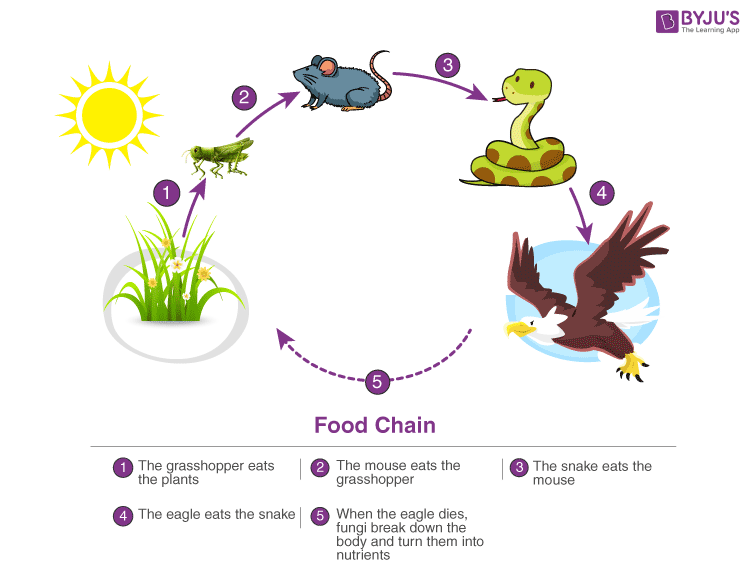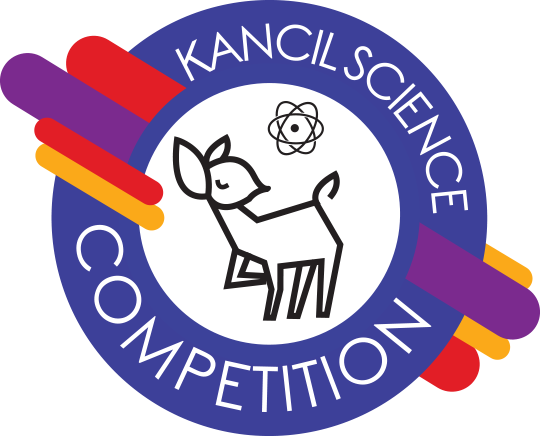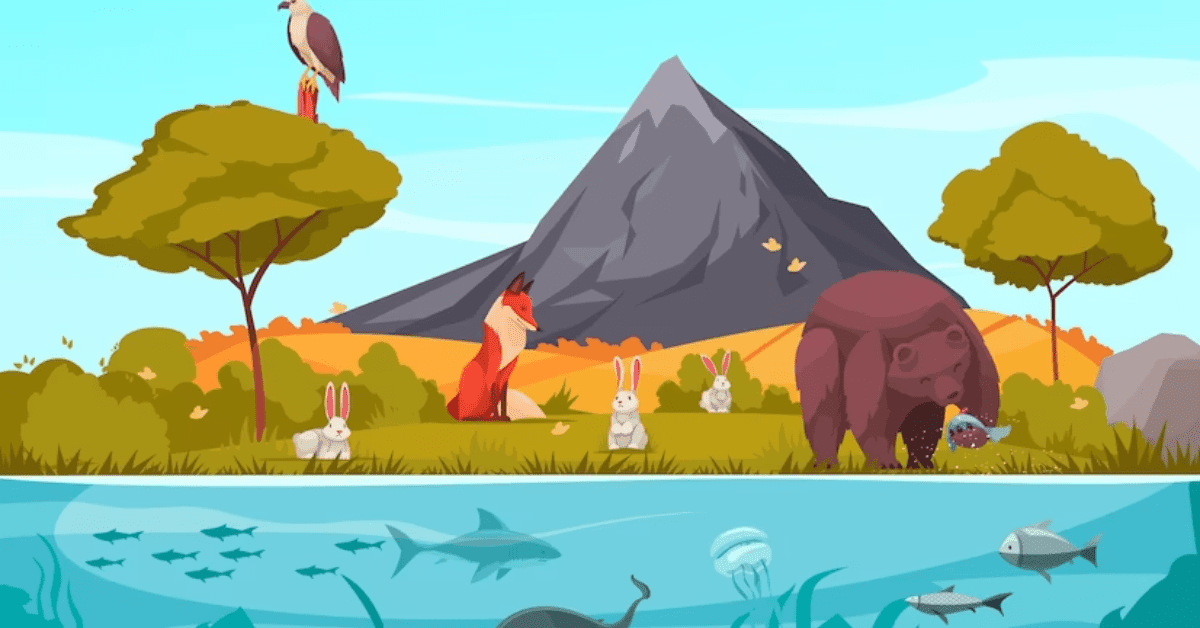Food Chain: Introduction
A food chain is a linear sequence that outlines the transfer of nutrients and energy from one organism to another as they consume each other in the environment. It starts with a producer organism, continues through the chain, and ends with a decomposer organism. After understanding the food chain, we realize how one organism is dependent upon another organism for survival.

Now, let’s look at a food chain’s other aspects to understand better.
What is a Food Chain?
A food chain is a sequence of events in an ecosystem where one organism consumes another, only to be ingested by a larger organism later. The transfer of nutrients and energy from one organism to another at various trophic levels creates the food chain.
The food chain outlines the feeding relationships between living organisms. The term “trophic level” describes the consecutive stages of a food chain, beginning with producers at the bottom and continuing through primary, secondary, and tertiary consumers. Each stage in a food chain is known as a trophic level.
The food chain consists of four significant parts, namely:
The Sun: The sun is the initial energy source, providing energy for everything on the planet.
Producers: All autotrophs, such as phytoplankton, cyanobacteria, algae, and green plants, compose the producers in a food chain. They occupy the first stage and level of a food chain. Through photosynthesis, they harness energy from the sun to produce food, earning the title of autotrophs. Producers are the organisms that manufacture their nutrients.
Consumers: Consumers are all organisms dependent on plants or other organisms for food. This is the most significant part of a food web, as it contains almost all living organisms. It includes herbivores, animals that eat plants, and carnivores, animals that eat other animals. These parasites live on other organisms by harming them. Lastly, scavengers are animals that eat dead animals’ carcasses.
Here, herbivores are known as primary consumers, and carnivores are secondary consumers. The second trophic level includes organisms that eat producers. Therefore, primary consumers or herbivores are organisms in the second trophic level.
Decomposers: Decomposers are organisms that get energy from dead or waste organic material. This is the last stage in a food chain. Decomposers are an integral part of a food chain, as they convert organic waste into inorganic materials, enriching the soil or land with nutrients.
Decomposers complete a life cycle. They help recycle the nutrients by providing nutrients to soil or oceans that autotrophs or producers can utilize. Thus, starting a whole new food chain.
Food Web:
A food web, which is larger and more comprehensive than a single food chain, is formed by the connection of multiple food chains. A food web accurately depicts the flow of energy in an ecosystem by illustrating the interactions between various organisms, including instances where a single organism serves as prey to multiple predators or consumes various other microorganisms, unlike a food chain.

The complexity of a food web increases with more cross-interactions, leading to a more sustainable ecosystem.
Types of Food Chain
There are two types of food chains: the detritus food chain and the grazing food chain. Let’s look at them more closely:
Detritus food chain: The detritus food chain includes different species of organisms and plants like algae, bacteria, fungi, protozoa, mites, insects, worms, and so on. The detritus food chain begins with dead organic material. The food energy passes into decomposers and detritivores; smaller organisms like carnivores eat them further. Carnivores, like maggots, become a meal for more giant carnivores like frogs, snakes, and so on. Primary consumers like fungi, bacteria, protozoans, and so on are detritivores which feed on detritus.
Grazing food chain: The grazing food chain is a type of food chain that starts with green plants, passes through herbivores, and then to carnivores. Photosynthesis provides energy to the lowest trophic level in a grazing food chain.
In this food chain, the first energy transfer is from plants to herbivores. This food chain depends on the energy flow from autotrophs to herbivores. As autotrophs are the base for all ecosystems on Earth, most ecosystems in the environment follow this kind of food chain.
Conclusion
Knowing food chains is crucial in comprehending the interconnections in an ecosystem. It depicts the reliance of each living organism on others for sustenance. Moreover, food chains reveal the direction of energy transfer within an ecosystem.
Anyway, take your chance to showcase your knowledge and skills in Science by participating in the Kancil Science Competition 2023; registration is now open!
You can register through our website 👉 CONTESTHUB.
This blog post is based on information from ByJus.Com.





